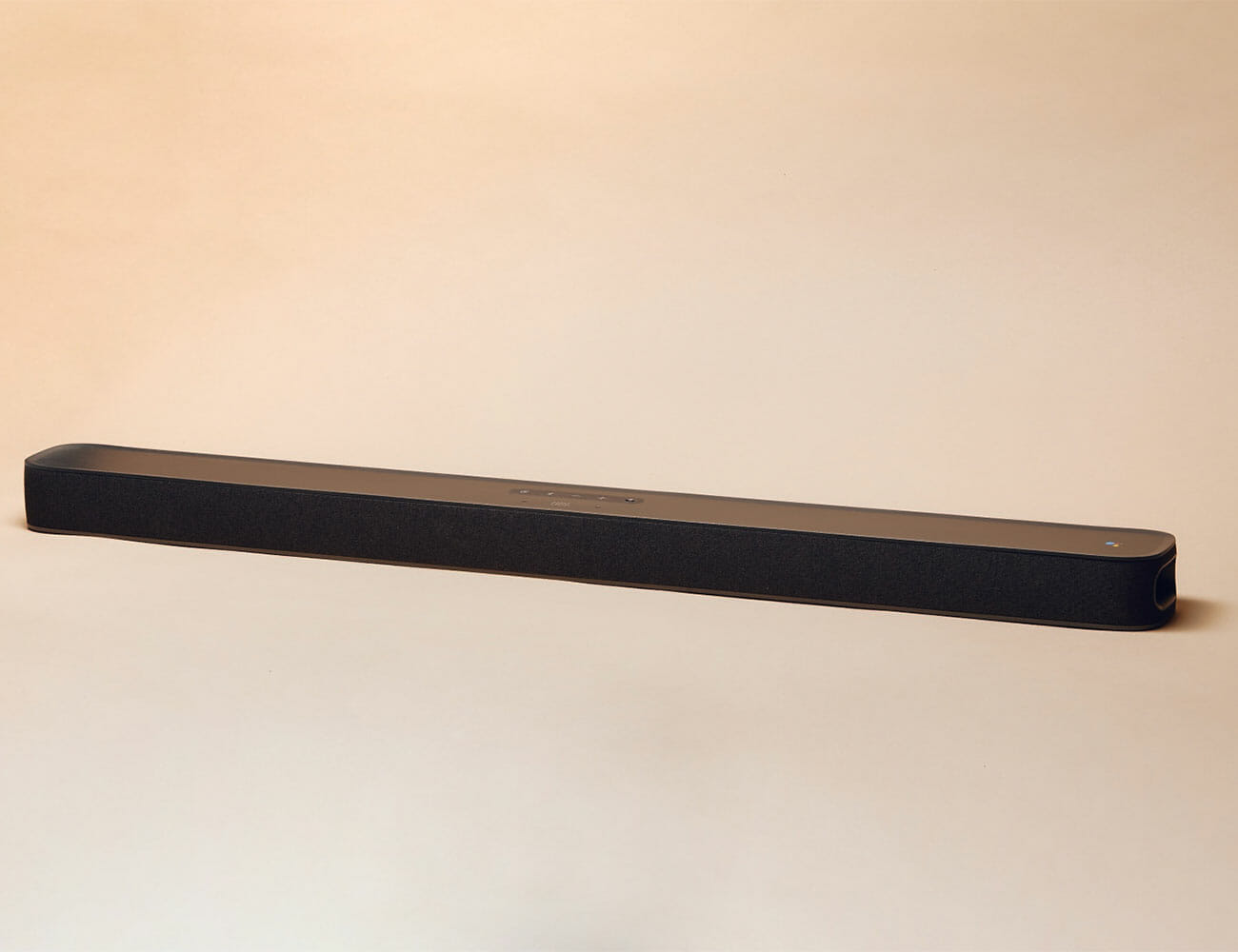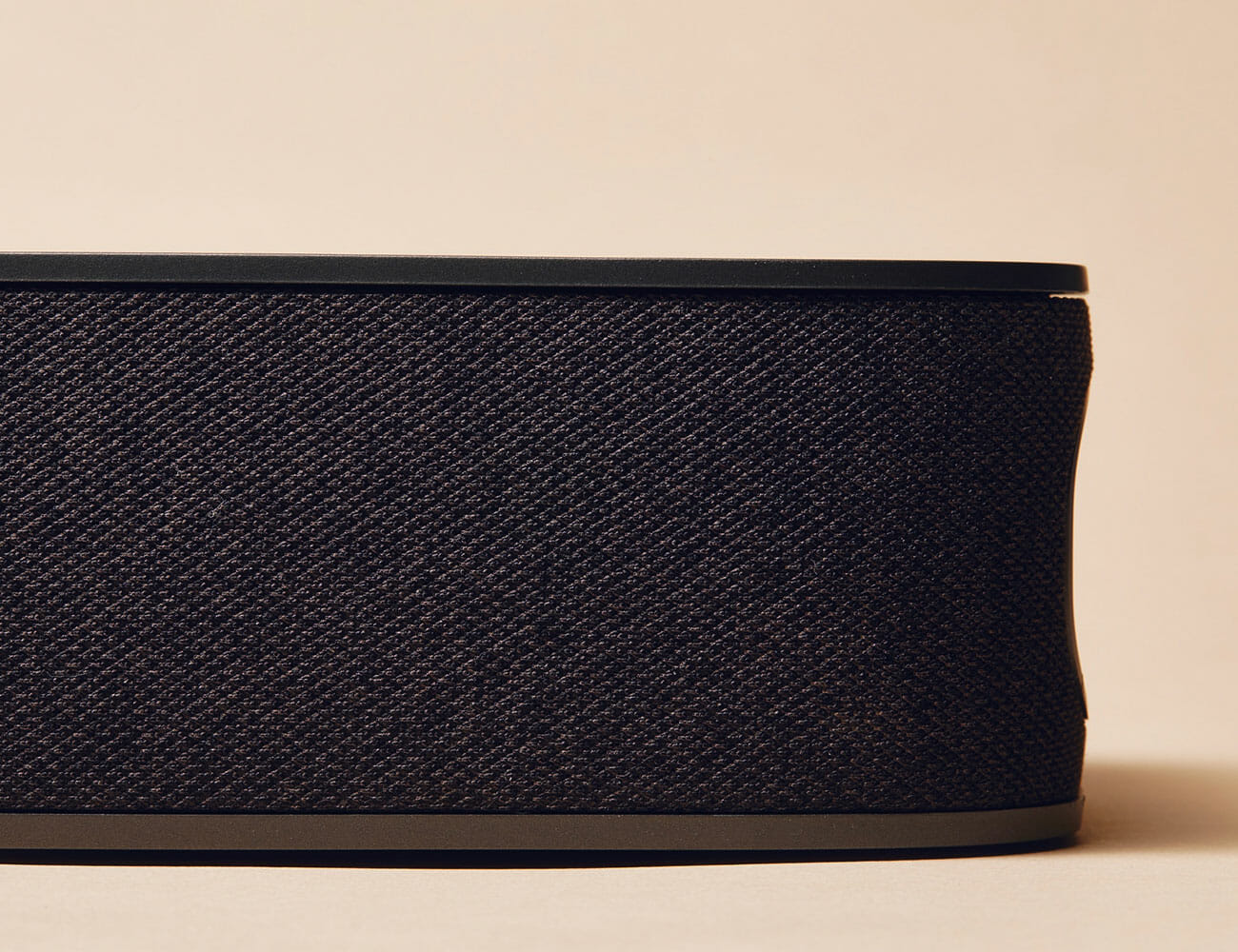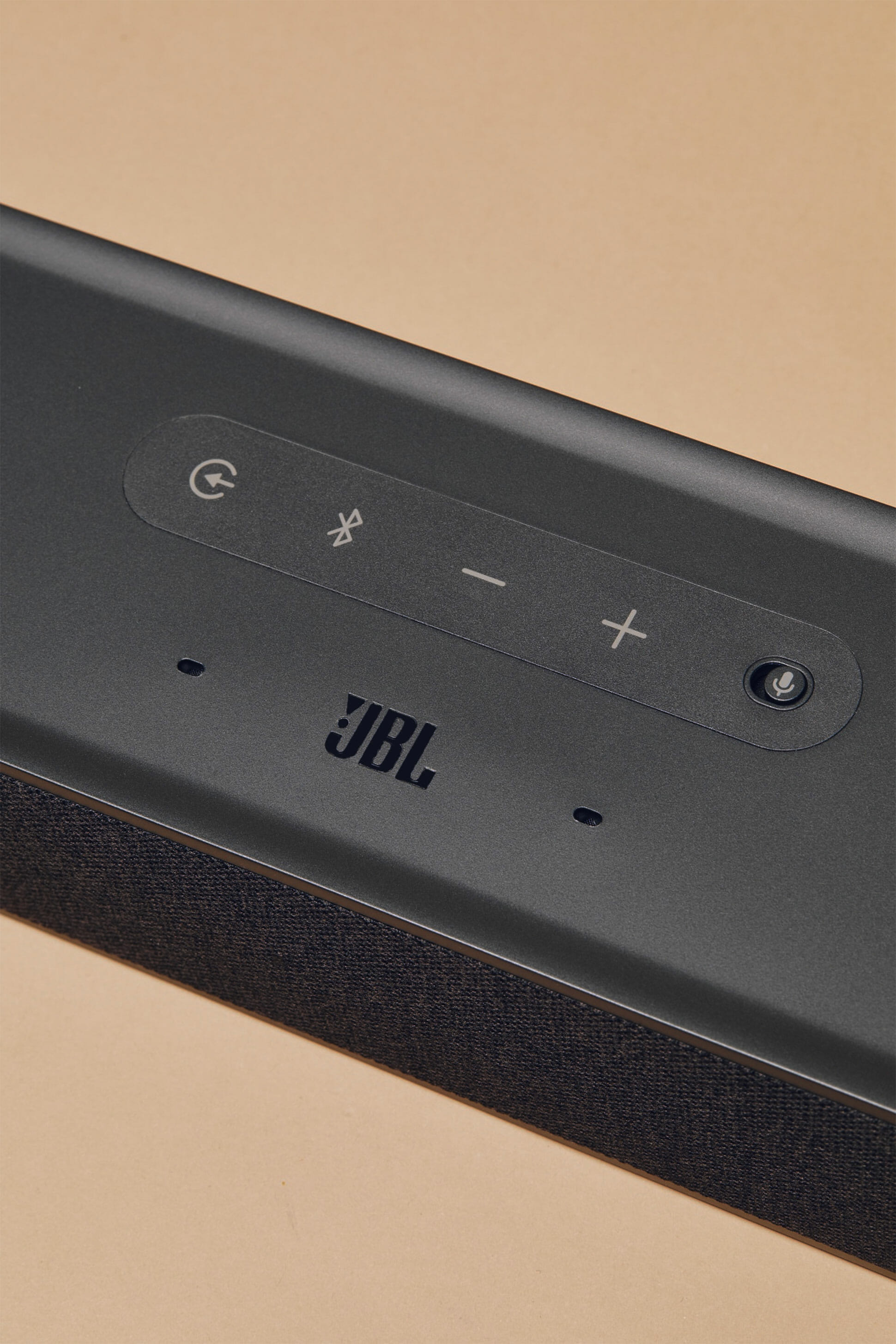It isn’t enough for a soundbar just to be a soundbar anymore, at least that’s what seems to be the trend in the entry-level soundbar market. Two such examples are the new Roku Smart Soundbar ($180) and the Anker Nebula Soundbar ($230); both have built-in smart operating systems, Roku OS in the Roku soundbar and Fire TV in the Anker soundbar, so they can each turn an older “dumb” TV into a smart TV that can access popular apps like Netflix and Hulu. It’s essentially like having a streaming stick fused into a soundbar. Two birds, one stone.
Another such example of this new breed of soundbars is the JBL Link Bar ($400). It’s a 100-watt soundbar with an Android TV operating system built into it, but the Link Bar further separates itself by having Google Assistant baked right into it as well. This makes the Link Bar a 3-in-1 device – a soundbar, an Android TV streamer and a smart speaker – and thus totally unique. The question is: how do all these three features work together and does it actually make the experience easier or better?

The Good: As a soundbar, the JBL Link Bar can work in two different situations. First, if you have a dumb TV, you hook it up the soundbar – via optical or HDMI ARC – and turn it into a smart TV that runs Android TV. Second, the Link Bar can be hooked it up to any smart TV and turn it into an Android TV. If you already have Chromecast TV, some capabilities of the Link Bar will be redundant, but because there are mics built into the soundbar itself, you will get some unique capabilities like using voice commands to change between apps, HMDI inputs or even turn the TV on or off without having to touch a remote.
There are some definite advantages to adding Android TV, whether you had a smart or dumb TV. It enables the soundbar to be used as a central hub for controlling your smart home devices with Google Assistant, and it also adds built-in Chromecast, so you can easily stream music to it whenever you want and use it as a stand alone speaker. If you’re an Apple Music subscriber or you use iTunes (both of which aren’t supported by Chromecast), the Link Bar also has built-in Bluetooth so anybody can stream music to it.
The Link Bar acts sort of like an AV receiver, as it has three HDMI passthrough inputs so you can connect a number of different devices; I was able to connect my cable box, Xbox One and Apple TV straight to the soundbar and use “Hey Google” commands to switch between inputs.
[embedded content]Who It’s For: Two different kinds of households. First, the JBL Link Bar would make a great soundbar for a household that doesn’t have smart devices or isn’t committed to a smart ecosystem, and wants to upgrade their older non-smart TV to a smart one. Second, it’s a solid soundbar for families who are well-versed using “Hey Google” commands and just want their TV to sound better; they shouldn’t want a soundbar that can be upgraded into a big home theater system.
Watch Out For: The biggest issue with the Link Bar is actually with one of its defining features – it doesn’t actually work as a great Google Home smart speaker. The “Hey Google” commands are noticeably delayed and can be a bit finicky when trying to control your TV (turning the volume up and down worked fine, but switching between HDMI inputs was very much hit or miss). If you have any other Google Home speaker nearby, which I did (a Google Home speaker and a Lenovo Smart Clock), the microphones on those devices will pick up “Hey Google” before the Link Bar and thus hamper your commands.
On the sound quality side, it’s a very good entry-level soundbar, but it’s no high-end home theater soundbar – it doesn’t support Dolby Atmos or DTS:X surround sound technologies. It also isn’t very upgradable. You can add the JBL SW10 wireless subwoofer for an extra $300, but there’s no opportunity to add surrounds or rear-channel speakers. If you already have an AV receiver, the Link Bar won’t work with it.

Unlike the Sonos Beam, which can sync the TV’s audio with the rest of the Sonos speakers in your house, the JBL Link Bar doesn’t support multi-room audio. This means that if you have any kind of Google Home, you won’t be able to group it with the Link Bar, whether if you’re watching TV or just trying to play music though the house in a Chromecast group – the Link Bar doesn’t play well with others. It doesn’t support AirPlay 2, either.
Alternatives: There are a few different routes you could go, but you should know that none of them live up to the promise of the JBL Link Bar. For example, the aforementioned Roku Smart Soundbar ($180) and the Anker Nebula Soundbar ($230) both are cheaper options that have a built-in operating systems, capable of turning an older TV into a smart one; but their sound quality is supposedly inferior and they can’t work as a smart speaker on their own. The Sonos Beam, on the other-hand, is the same exact price as the JBL Link Bar and is much much better at multi-room audio; it also works as a smart speaker with either Alexa or Google Assistant. The big tradeoff is it lacks a TV operating system.
Verdict: The JBL Link Bar nails the sound and Android TV parts, but leaves a bit to be desired when it comes to actually being a smart speaker that can fully control your TV. If it got little more responsive, this thing would be a hit. Right now, it still will be a good soundbar that a lot of people will like, but it’s not quite the futuristic soundbar we were hoping for. Still, we’re getting close and, in that way, the Link Bar is exciting.

What Others Are Saying:
• “Judged on sound quality alone I would choose the Link bar over the Sonos Beam. But the Link Bar is all about smarts, and that’s what ultimately lets the product down. Maybe it’s worth waiting six months to see if some of the lag and nonresponsiveness can be smoothed out. Until then, more polished products like the Beam and the Polk Command Bar are better buys right now.” – Ty Pendlebury, CNET
• “As a soundbar, this product is good if a bit overpriced. As a Google Assistant speaker, I’d definitely look elsewhere. As an Android TV, it’s a solid option with no major flaws. Combining all of those together, I’d say the JBL Link Bar is a good choice at $399 if you want to cover all of these needs with one device. Until the Google Assistant portion is fixed, however, you might be better off getting an Nvidia Shield, a Google Home Mini, and a cheaper 2.1 soundbar for the time being. If future updates fix that problem, I could see the Link Bar being a great buy.” – Ben Schoon, 9to5 Google
Key Specs
Drivers: 0.8-inch tweeter (2x), racetrack drivers (4x)
Smart OS: Android TV (with Google Assistant built-in)
Streaming: Wi-Fi, Chromecast, Bluetooth
Ports: 3 HDMI inputs, 1 HDMI Arc output




